Monitoring your Kubernetes application and the various components that it is made up of is essential to increase the reliability of your system, tune the performance, measure security risks and reduce cost. We have discussed these points in detail in our last week’s post and today we would be talking about some of the best tools you can use for Kubernetes monitoring. Each has its pros and cons, some are paid and some are free, so we would be discussing them in detail to help you make an informed decision.
Sematext
Sematext is a Saas monitoring solution for both traditional and microservices-based application deployments. It can capture metrics and events in real-time that you can structure, visualize and analyze, set alerts and notifications. This offering builds log analytic reports and customizable monitoring dashboards.
Pros
- Easy to install
- Auto-discovery of services and logs
- Built-in Alerting and Anomaly detection
- No infrastructure to maintain
- Has a default dashboard and alerts to easily get you started
Cons
- There is a lack of integration with some security tools
- A complex user interface takes time to get used to
Pricing: Sematext gives you granular control over your needs and has a pricing template accordingly that you can check out here.
Datadog
A SaaS platform for monitoring, security and analytics that can be integrated and automated in the cloud. It provides real-time observability of your entire tech stack. Dashboards, high-resolution metrics and events are available for modification and visualization of the metrics.
Pros
- Real-time interactive dashboards
- Monitor user activities and gather user experience
- Many integrations available
Cons
- Limited Plans
- Expensive
Pricing: You can check out Datadog pricing plans here.
New Relic
These monitoring tools gather metrics that keep track of data and metadata for nodes, deployments, pods and containers, allowing you to keep track of the hosts and front and back-end applications running within the Kubernetes clusters.
Pros
- Gives full-stack observability
- Issue detection and resolution are supported by AI
Cons
- Expensive
- Poor UX/UI
Pricing: You can check out New Relic pricing plans here.
Dynatrace
Dynatrace allows you to keep tabs on the dependencies and connections between hosts, containers and cloud instances. It also gives an overview of the availability and health of the apps and processes. It can easily integrate with over 500 products and combine their information as well.
Pros
- Can be integrated with many products
- Easy to adapt
- Multiple pricing plans make purchases flexible
Cons
- The interface has too much information and new users can get lost
Pricing: You can check out Dynatrace pricing plans here.
Prometheus
This is one of the most used Kubernetes monitoring tools because it’s open-source and also free to use. All the data is stored in a time series format and you can query that data using PromQL. The data can then be further visualized using other tools like Grafana because Prometheus itself lacks a dashboard.
Pros
- Community is driven where issues are resolved quickly
- Built-in monitoring and alerting system
Cons
- Challenging to scale
- No dashboard for visualization
Pricing: Free
Grafana
An open-source multi-platform tool for monitoring and observability that links every source accessible and help you keep track of data. Provides dynamic dashboards with multiple visualization formats such as graphs, histograms, geo maps etc. Has an integrated alert system that can be set up to visually establish alert criteria for important parameters.
Pros
- Great at reporting and visualization
- Compatible with various data sources
Cons
- Limited dashboard design and management capabilities
- No solution for data collection and storage
Pricing: Free
Jaeger
An end-to-end distributed tracing tool for monitoring and troubleshooting deployments and other distributed systems. It can be used to carry out service dependency analysis, root cause analysis, performance and latency optimization and many more important monitoring services.
Pros
- Many instrumentations option
- Ability to optimize latency and perform context propagation
Cons
- Relatively new
- Limited backend Integration
Pricing: Free
Kubernetes Dashboard
A web-based UI add-on for Kubernetes clusters that offers a simple way of managing, troubleshooting and monitoring your environment. Gives the ability to check the status of workload and view basic data such as resource optimization statistics across all nodes.
Pros
- Easy to install using YAML files
- Allows modification of individual Kubernetes resources
Cons
- Limited metrics available
- Lacks any visualization capabilities
Pricing: Free
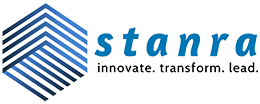
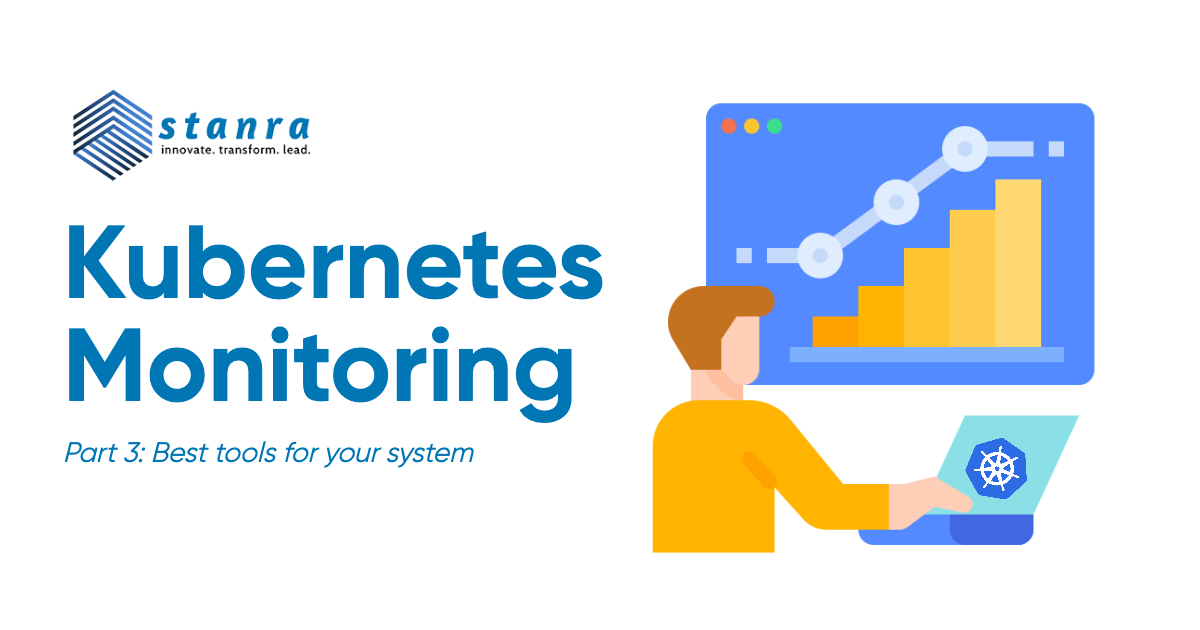
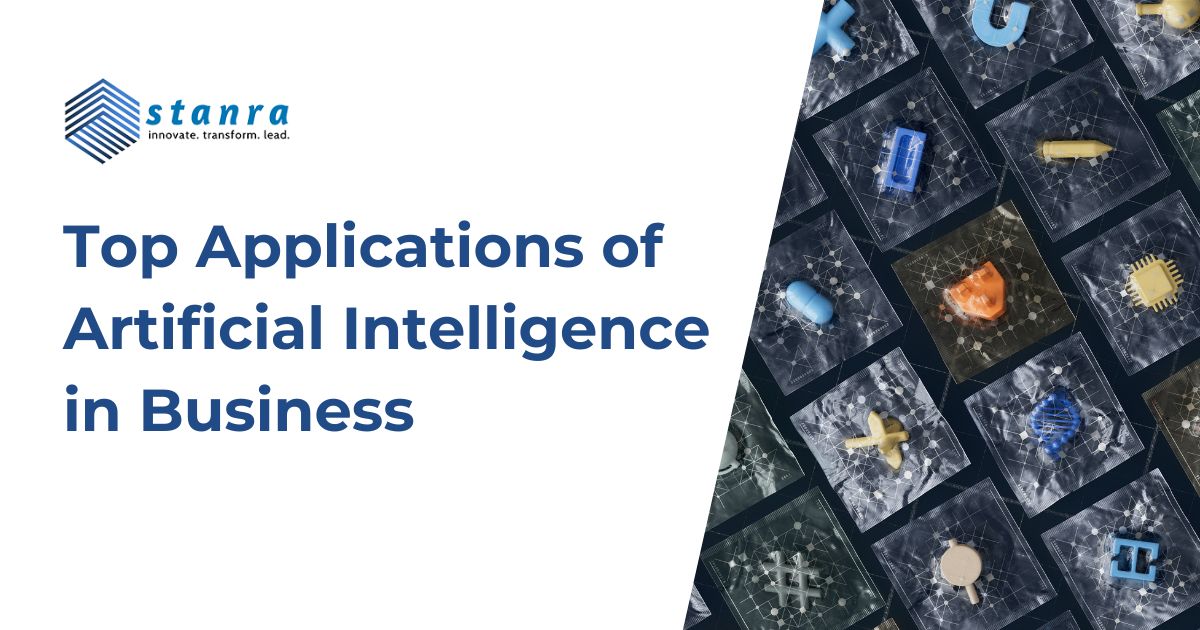
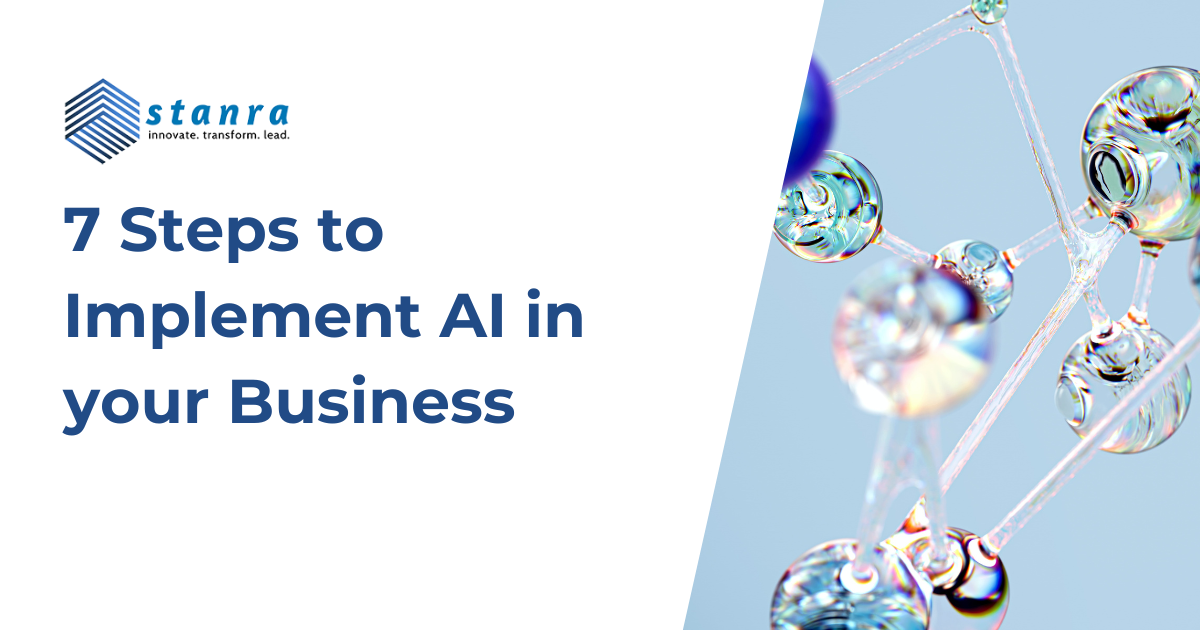
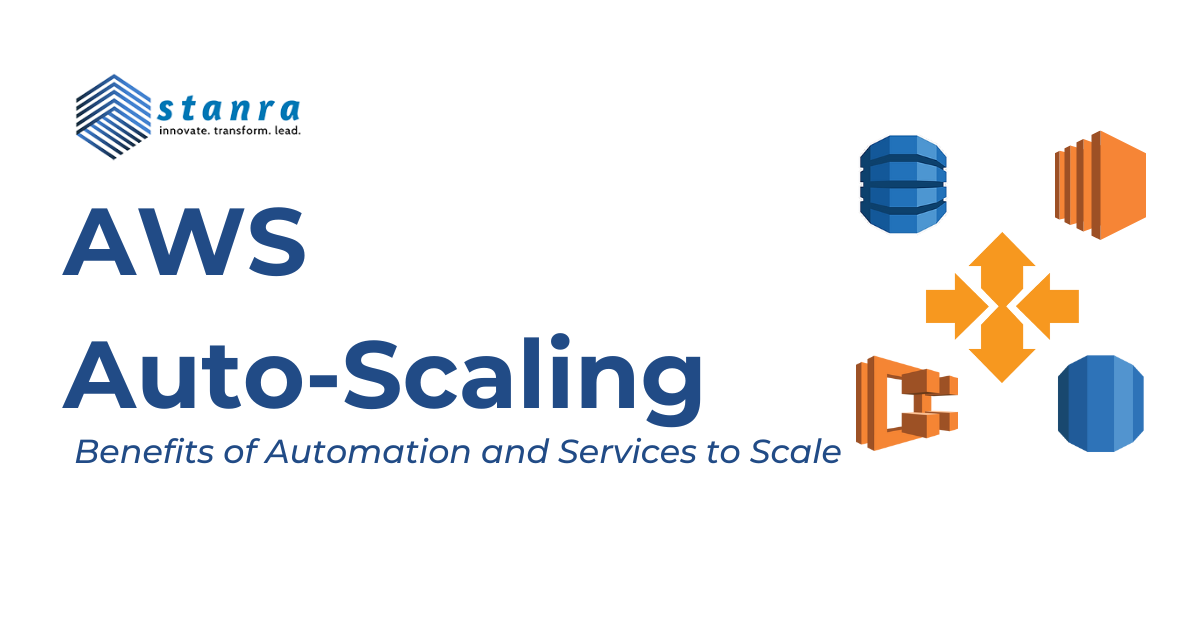
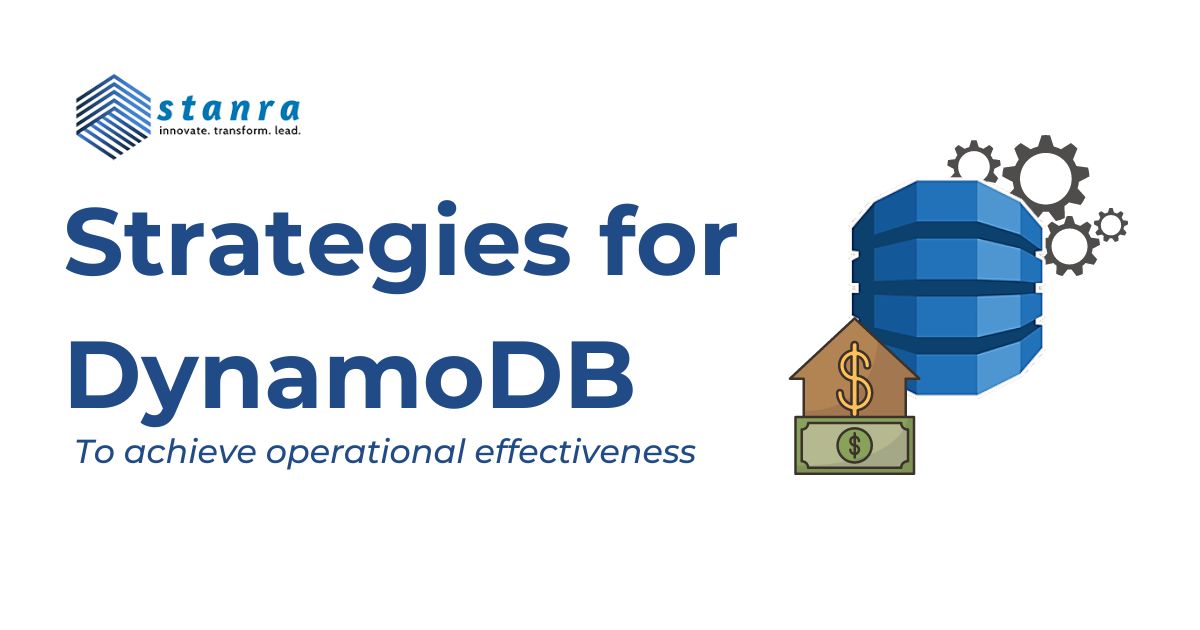
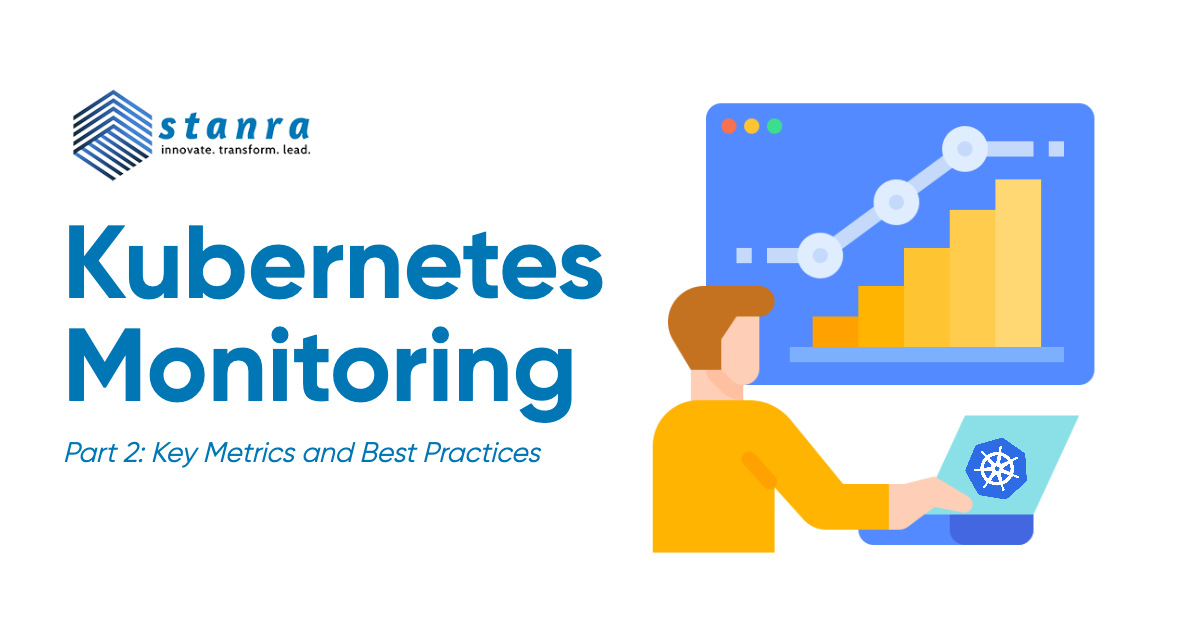
Leave A Comment